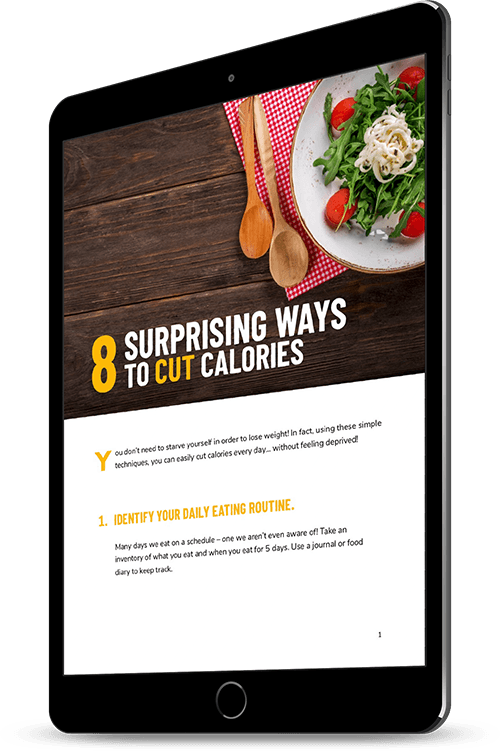Preventing Choking Made Easy

 Children under 5 have the highest risk of choking, but it can happen at any age. Dr. Henry Heimlich, the surgeon who invented the Heimlich Maneuver, recently saved a fellow resident at his retirement home when she started choking during dinner. He’s 96, and she’s 87.
Children under 5 have the highest risk of choking, but it can happen at any age. Dr. Henry Heimlich, the surgeon who invented the Heimlich Maneuver, recently saved a fellow resident at his retirement home when she started choking during dinner. He’s 96, and she’s 87.
About 50% of choking cases are caused by food so you too can save lives by knowing the common hazards, and taking a few simple steps. Take a look at these suggestions for dealing with choking in adults, and some extra precautions for children.
Preventing Choking for Adults:
1. Take small bites. Cut your food into small pieces. Chew each mouthful thoroughly. Watch out for foods that encourage big bites, like juicy steaks and thick sandwiches.
2. Sit down. There’s a flap called an epiglottis at the base of your tongue that opens to let air into your windpipe, and closes to keep out food. When you walk or talk while eating, it’s harder for your epiglottis to keep up.
3. Limit alcohol. Too many cocktails can interfere with your judgement. You may forget about eating safely, and react slower if you start to choke.
4. Drink liquids. On the other hand, water helps food to go down more smoothly. Have a drink between mouthfuls.
5. Rethink nut butters. Size isn’t the only factor in choking. Texture plays a part, making peanut butter a common hazard. Adding jelly helps to prevent a thick glob from forming in your mouth. The same goes for spreading it on crackers or wheat bread instead of snacking off a spoon.
6. Avoid food games. Eating competitions or even throwing grapes and catching them in your mouth can lead to tragedy. Find safer forms of entertainment.
7. Talk with caregivers. Seniors sometimes choke due to having less saliva, wearing dentures or taking certain medications. Discuss your concerns with your loved ones and their caregivers.
Preventing Choking for Children:
1. Supervise eating. Most of the guidelines for adults hold true for kids as well. Model good habits for your children and keep a close eye on them during meal times and snacks.
2. Be selective about food. It’s wise to keep things like popcorn and nuts away from children until they’re about 4. Wait until they have their back teeth for grinding, and more practice eating.
3. Inspect toys. Consult the age labels on toys and throw them out if parts become loose or broken. Watch your surroundings for coins or other small items a child may want to play with and put in their mouth.
4. Expect gagging. Some gagging is natural in children as they master solid food, and they’ll usually recover quickly on their own. Your pediatrician can tell you if there are any complications like swollen tonsils or GERD.
Treating Choking for Adults and Children:
1. Call 911. Call for help if you see someone choking or unconscious. If you’re the only one around, start performing first aid before calling.
2. Be prepared. Learn CPR and the Heimlich maneuver before you need them. The American Red Cross, The American Heart Association, and other organizations provide first aid trainings regularly.
3. Treat yourself. If you’re the one choking, and you can’t talk, try to attract someone’s attention by putting your hands around your throat. You can also try doing abdominal thrusts on yourself in an emergency.
Choking represents the fourth leading cause of home injury deaths, and causes about 100,000 ER visits each year. Protect yourself and your loved ones by eating carefully, creating a safe environment for your children, and learning CPR and the Heimlich maneuver.
CLICK HERE to Explore Our Free Online Courses


Responses